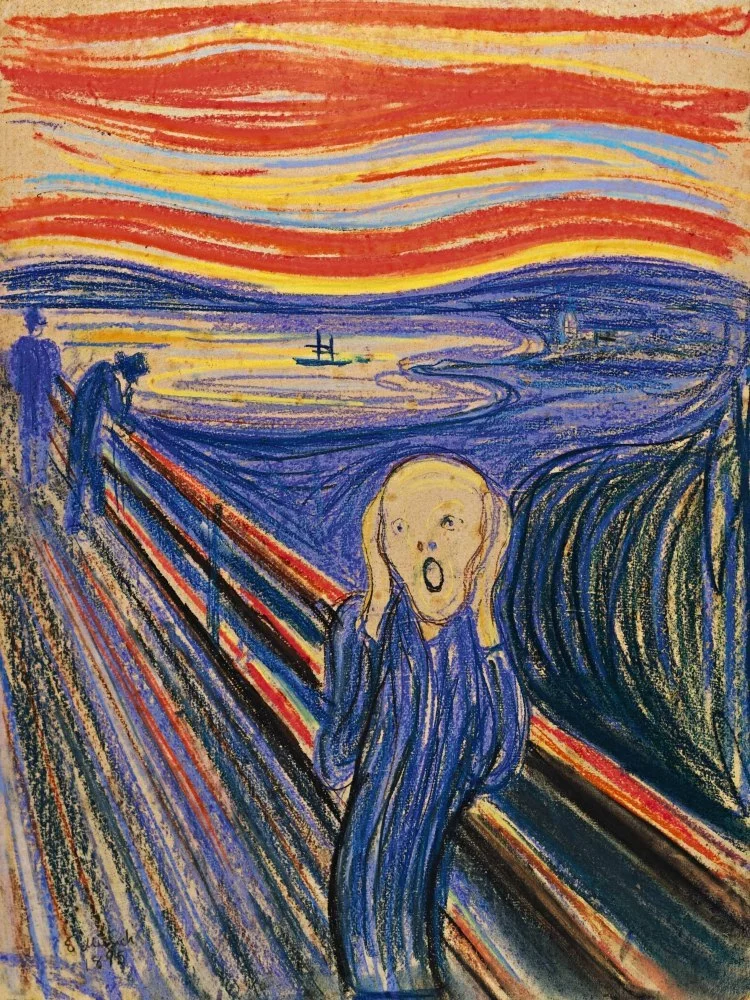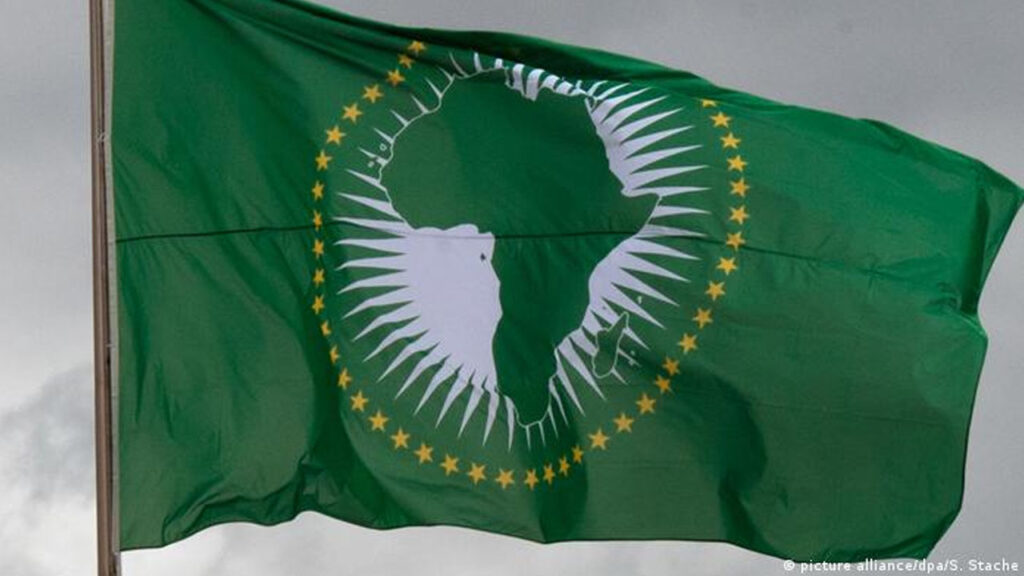There are threads woven with skill and tradition, creating intricate patterns that speak volumes about the country’s rich heritage. This we call the art of mat weaving.
The art of mat weaving stands out as a testament to both the practical ingenuity and artistic prowess of its people. Mat weaving is also one of the indigenous crafts we have in Nigeria, old as man and even older than the independence of the people of Nigeria.
Mat weaving holds a special place in Nigerian society, deeply rooted in tradition yet adaptable to modern life. It is non tribal centric, as all tribes and cultures have their unique way of producing beautiful mats that match their region.
Peculiarities Of This Age-Old Craft, Its Enduring Significance
Time-Honoured Tradition
Mat weaving, locally known as ‘Eni’, among the Yorubas, ‘Ute’, in Igbo and ‘Kati ne’ among the people of Hausa.
This has been in practice for centuries across various Nigerian communities. It is more than just a craft; it is a cultural symbol, with each woven mat telling a story of its own.
From the bustling markets of Lagos to the serene villages of the Niger Delta, the rhythmic sound of weaving can be heard, echoing through generations, times and eras.
In Nigeria, mats serve a multitude of purposes beyond their practical uses. They are an integral part of ceremonies, rituals, and daily life. From birth to death, mats accompany individuals on their journey, symbolising protection, comfort, and unity within communities.
Mastering The Craft
Weaving mats is a meticulous process that requires patience, skill, and a deep understanding of natural materials.
Typically, artisans use locally sourced materials such as palm leaves, raffia, and bamboo to create these masterpieces. Each material brings its unique texture and colour palette to the final product, resulting in a diverse range of designs.
The weaving process itself is a labour of love, often passed down from one generation to the next. Skilled artisans deftly manipulate the materials, intertwining them to form intricate patterns and motifs.
From simple geometric shapes to elaborate floral designs, the possibilities are endless, limited only by the weaver’s imagination.
Preserving Cultural Identity
The preservation of traditional crafts like mat weaving is more important than ever. For many Nigerian artisans, mat weaving is not just a means of income but a way of preserving their cultural identity and heritage.
“As a weaver, I feel a deep sense of responsibility to keep this tradition alive,” says Adewale Adekunle, a master weaver based in Ibadan. “Our ancestors passed down this craft to us, and it is our duty to ensure that future generations continue to cherish and appreciate it.”
If you dream about mat for example, this may evoke feelings of comfort, warmth, and relaxation. It symbolises a desire for stability and grounding in your life. This dream may indicate a need for a safe space or a desire to create a cozy environment.
Adaptation, Innovation
While rooted in tradition, mat weaving has also evolved to meet the demands of contemporary society. Today, artisans are experimenting with new techniques and materials, blending age-old practices with modern aesthetics.
“Weaving is not just about replicating the past; it’s about innovation and adaptation,” explains Funmilayo Adebayo, a young weaver from Ogun State, although based in Lagos. “I draw inspiration from traditional designs but infuse them with a contemporary twist to appeal to a broader audience.”
Indeed, mats are no longer confined to traditional settings but have found their way into modern homes and design studios. Their versatility and timeless appeal make them a favourite among interior designers and art enthusiasts alike.
Mats have transformed from the raffia, and bamboo to Anti-fatigue mats, industrial floor mats, and Entrance mats, and Entry mats, most of which are not made from the traditional materials we are accustomed to, but they have not replace the usefulness of its traditional counterpart.
Preserving Legacy
As we celebrate the beauty and significance of mat weaving in Nigeria, it is crucial to recognise the challenges facing the craft.
Economic pressures, globalization, and changing consumer preferences pose threats to traditional artisans, endangering the survival of this age-old tradition.
“We must do more to support our local artisans and preserve our cultural heritage,” urges Dr. Chinwe Nwosu, a cultural anthropologist specialising in Nigerian crafts. “Investing in training programmes, promoting artisanal products, and creating sustainable markets are essential steps in safeguarding the legacy of mat weaving for future generations.”
Nigerian culture, mat weaving stands as a way of reconnecting with the past, to interpret the future. Its intricate patterns and enduring significance serve as a reminder of the resilience and creativity of the Nigerian people.













